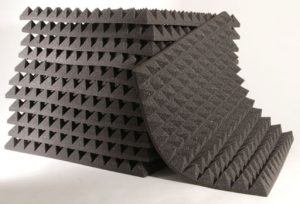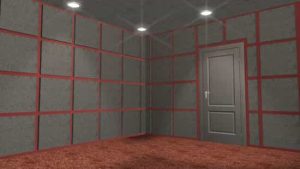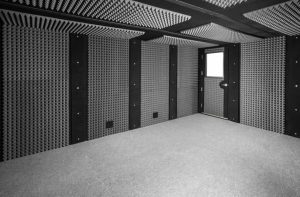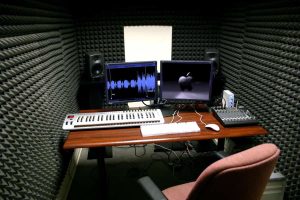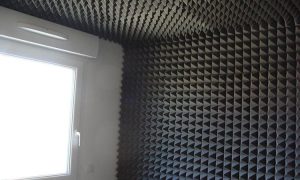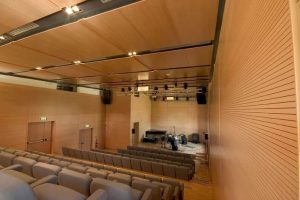Acoustic measurement calculation is the calculation made as a result of transferring the measurement made with the sound measuring device and calibrator to the acoustic calculation software. There are many programs on the market that can calculate acoustic measurements. In addition, with the developing technology, sound measuring devices are also quite diverse and have different features. When choosing a sound measuring device, devices that are more likely to give accurate results and that can measure within the scope of standards and regulations should be selected. The sensitivity of sound measuring devices should be evaluated. More accurate results can be obtained with devices suitable for advanced acoustic and vibration measurements. Calibrators are; It is used for calibration of sound measuring devices and other devices used during measurement. There are small and portable calibrator models.
What are the Acoustic Measurement Calculation Methods?
Acoustic measurement calculation ways are as follows:
- Measurement calculation can be made by monitoring the instantaneous values.
- Calculations can be performed on average values.
Some of the sound measuring devices can both provide monitoring of instantaneous values and make calculations based on average values. In addition to the maximum and minimum value instantly, it can also calculate statistical data. When the acoustic analysis is to be detailed, the frequency spectrum of the sound should also be seen. For this, frequency filters called octave bands should be used.
What is the Accuracy Degree of Acoustic Measurement?
The accuracy of acoustic measurement is classified in two ways:
- Accuracy levels of measurements made with laboratory and engineering applications are high. For this reason, when it is necessary to measure according to certain standards and regulations, laboratory and engineering applications classified as type 1 sound measuring devices are preferred.
- Type 2 sound measuring devices are mostly used for control purposes. For this reason, the probability of getting correct results is lower. When measurements are required within the scope of certain standards, measurement results obtained with type 2 sound measuring devices are not reliable and accepted.
How Is Acoustic Measurement Made?
For acoustic measurement, first of all, the devices to be measured must be installed. After the devices are placed and the connections are made, the system where the acoustic measurement will be made should be entered. The calibration files of sound measuring devices must be loaded in the system to be measured. Frequency scanning can be done through the software. The data obtained as a result of scanning can be viewed on the software. After placing a sound source in the environment, the measurement should first be made with this sound source turned off and then with this sound source turned on. As a result of measurements and examinations, the acoustic environment should be regulated. Acoustic information at listening points, acoustic measurement calculation, detection and regulation of acoustic problems are done through software.
What Are The Software That Can Be Used For Acoustic Measurement?
Acoustic measurement software is exemplified below:
- Odeon (volume acoustics program)
- Dirac (volume acoustics measurement program)
- SoundPlan (noise mapping program)
- Bastian (noise control and audio transition from building elements calculation program)
- Pulse (material sound absorption reporting program)
- Zorba (material sound absorption prediction program)
- Otl Terrain (noise barrier design program)
- ArtemiS (sound and vibration analysis program)
- dBInside (building acoustics program)
- dBFA Suite (sound analysis software)
- SONarchitect and Ecotect (building physics programs that calculate acoustics)
What Should Be Considered In Acoustic Measurement Calculation?
Important points in acoustic measurements; It is subject to certain rules within the scope of the Regulation on the Protection of Buildings Against Noise. Since simple attention losses made as a result of acoustic measurement calculation can have serious consequences such as permanent hearing losses, it is necessary to measure and arrange all kinds of structures, buildings, facilities and enterprises in this context. The regulation was published in the Official Gazette on May 31, 2017. However, it took effect on May 31, 2018, under the supervision of the Ministry of Environment and Urbanization.
Did you know that a structure’s ability to conduct sound is related to its mass? However, when calculating the acoustic sound value in a building, only the mass factor is not taken as a basis.
Before calculating the acoustic values; sound pressure level, sound frequency or audible frequency, reverberation time preliminary investigations are made. The next step is the distribution of the sound level inside the building and acoustic panels are added to the building in line with the needs of the building. Sound comfort in the building is achieved when appropriate sound controls and acoustic arrangement are applied.
You may be interested: “What is an Acoustic Panel?”
